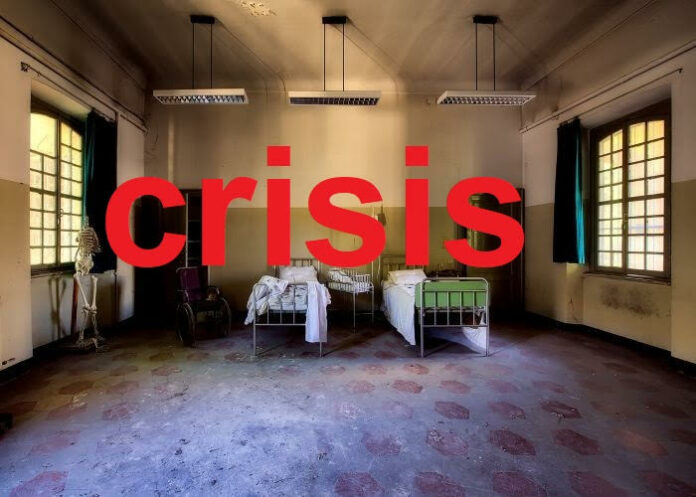The Department of Public Works & Infrastructure (DPWI) has unveiled a blueprint, published for public comment last week, to improve the country’s healthcare infrastructure over the next 30 years, acknowledging that government facilities are in “extremely poor condition”.
It also conceded that maintenance and equipment failures are rife, with significant shortcomings in certain facilities, especially in mental healthcare, reports BusinessTech.
The phase two documentation of its National Infrastructure Plan 2050 details what it will do to realise its major infrastructure projects over the coming three decades, and that it anticipates a bright future for the sector, thanks to the National Health Insurance (NHI) Bill currently before the National Assembly.
Future infrastructure plans – which include building more hospitals and clinics, as well as maintaining or completely replacing existing structures – reference leaning heavily on the private sector for help, including through the NHI.
The report said the country’s healthcare infrastructure is characterised by:
• Strong access to public health facilities;
• A shortage of mental healthcare facilities;
• Thirty to 40 locations underserviced by primary healthcare facilities;
• A shortage of level two and level three beds;
• Difficulties recruiting staff; and
• Facilities in poor condition, with quality being regarded as “at risk of failure”.
Between now and 2050, the department wants to leverage skills and expertise in the non-profit and private sectors to “work-share” and increase institutional capacity to operate and maintain infrastructure. With NHI, the blended financing will result in public and private co-operation and partnerships in healthcare service provision, infrastructure provision and maintenance, and project financing, the department said.
Budgets would be revised to ensure maintenance and upgrades to existing facilities and replace about 20% of the clinics deemed unsafe.
Other long-term plans include:
• New clinics in 40 locations to meet the target of 5km or three minutes of travel to a clinic;
• Additional hospital and bed capacity through more mental health facilities, realignment of existing facilities, and partnerships with the private sector; and
• Under-utilised hospitals being converted to lodges for expecting mothers, caregivers and patients in transit;
The department’s short-term plans are vague, likely given the current uncertainty around the NHI and how it will be implemented.
An Engineering News report notes that Public Works & Infrastructure Minister Patricia De Lille gazetted the National Infrastructure Plan (NIP) 2050 phase two for public comment, with the comment period to run for 49 days to 9 December.
The NIP 2050 phase two is drafted by Infrastructure South Africa – headed by Dr Kgosientsho Ramokgopa. It is indicated to offer a strategic vision and plan to deliver high-priority distributed infrastructure networks by 2050.
It focuses on distributed infrastructure that links more closely to businesses and communities. Building on the bulk infrastructure sectors prioritised in NIP 2050 phase one, this iteration also offers a strategic vision and plan that links NDP objectives to practical steps and intermediate outcomes.
Engineering News – national-infrastructure-plan-2050-phase-2-gazetted-for-public-comment
See more from MedicalBrief archives:
Political battle lines drawn as NHI Bill deliberations start
DoH gives assurance that it will stop ‘acting as if NHI Bill is already law’
SAMA’s warnings on NHI Bill met with hostility

